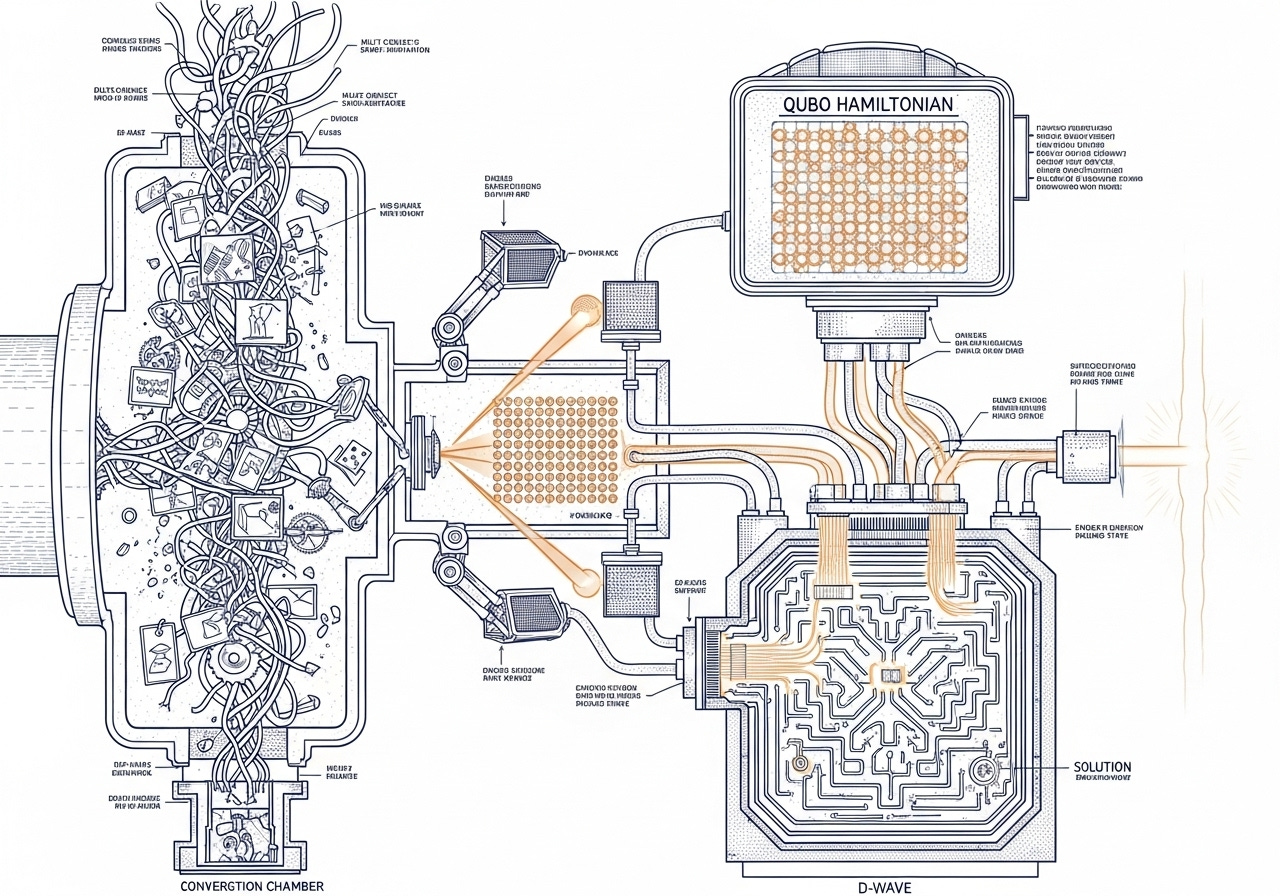Quantum-enhanced Computer Vision: Going Beyond Classical Algorithms
TL;DR
WHAT was done? This paper provides the first comprehensive survey and foundational reference for the emerging field of Quantum-enhanced Computer Vision (QeCV). It systematically reviews and synthesizes the operational principles of the two dominant quantum computing paradigms—Adiabatic Quantum Computing (AQC) for optimization and Gate-based Quantum Computing (GQC) for machine learning. The authors catalog existing QeCV methods across a wide range of computer vision tasks, detailing the crucial steps of problem formulation, data encoding, and execution on real or simulated quantum hardware.
WHY it matters? As classical computer vision approaches the limits of GPU resources and struggles with NP-hard combinatorial problems, this work operationalizes a new computational frontier. It serves as a crucial bridge, translating complex quantum concepts into a practical and accessible framework for the computer vision community. By consolidating the state-of-the-art and proposing a novel staging system to benchmark research maturity, the survey establishes a clear roadmap for future development. It highlights that the most immediate quantum advantage lies in using AQC as a powerful optimization co-processor, while GQC promises long-term innovation through fundamentally new, resource-efficient neural architectures. This paper is an essential guide for researchers aiming to leverage quantum computing to solve some of vision’s hardest unsolved problems.
Details
A New Computational Paradigm for Vision
Modern computer vision (CV), powered by deep learning, is increasingly constrained by its own success. Training ever-larger models demands “unreasonable and hard-to-satisfy GPU resources,” while many fundamental vision tasks, from robust fitting to multi-object tracking, remain rooted in NP-hard combinatorial optimization problems where classical solvers often find only local optima. This survey introduces Quantum-enhanced Computer Vision (QeCV) as an emerging field poised to address these challenges by leveraging the unique computational capabilities of quantum mechanics. The paper serves as a holistic and much-needed guide, meticulously bridging the gap between the applied CV community and the principles of quantum computing.
Keep reading with a 7-day free trial
Subscribe to ArXivIQ to keep reading this post and get 7 days of free access to the full post archives.

